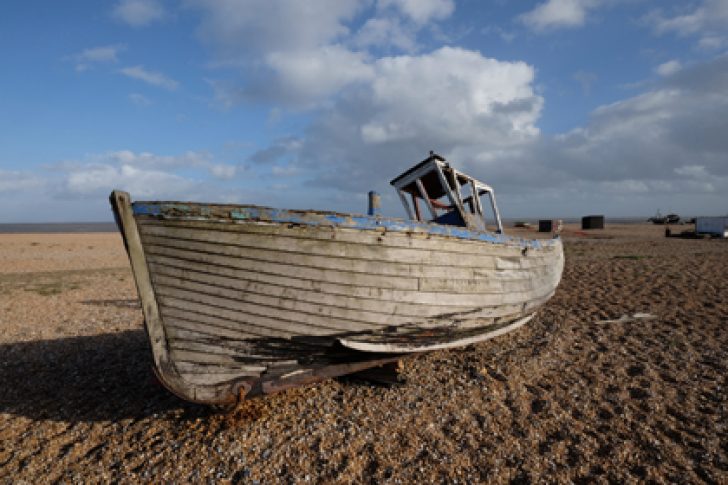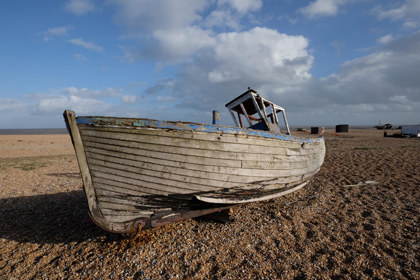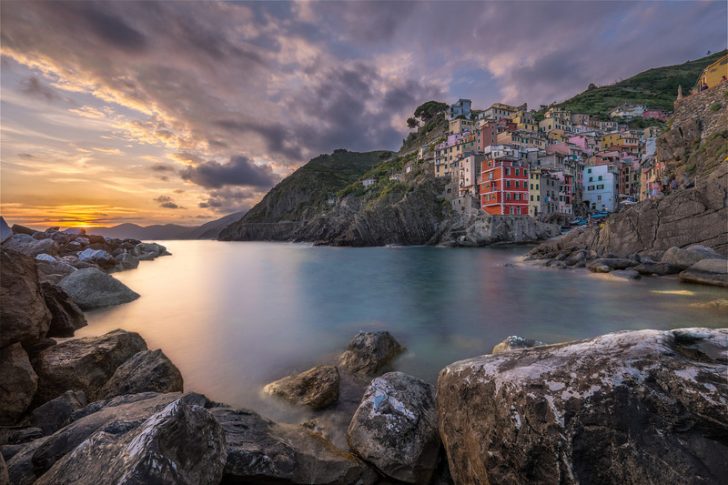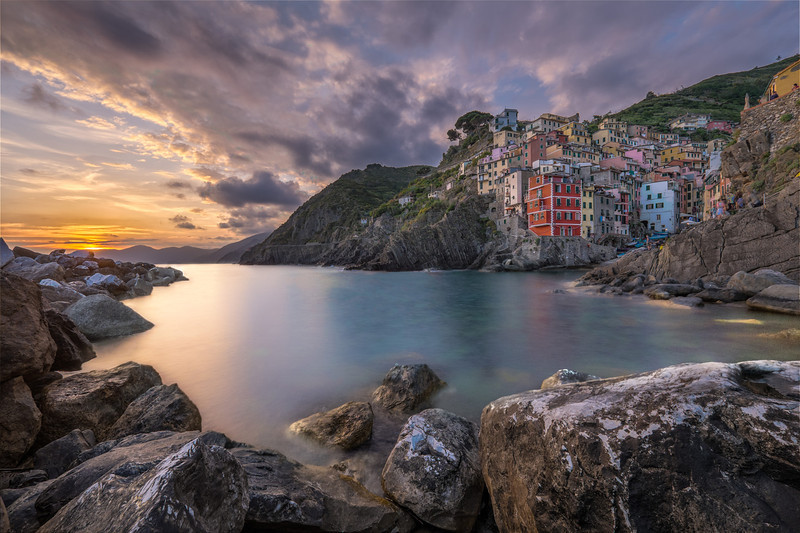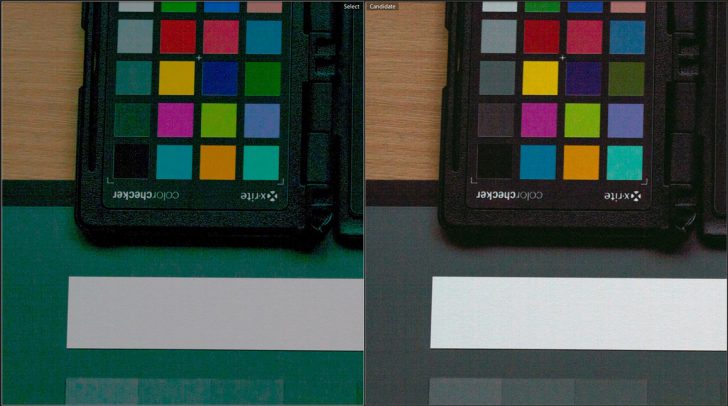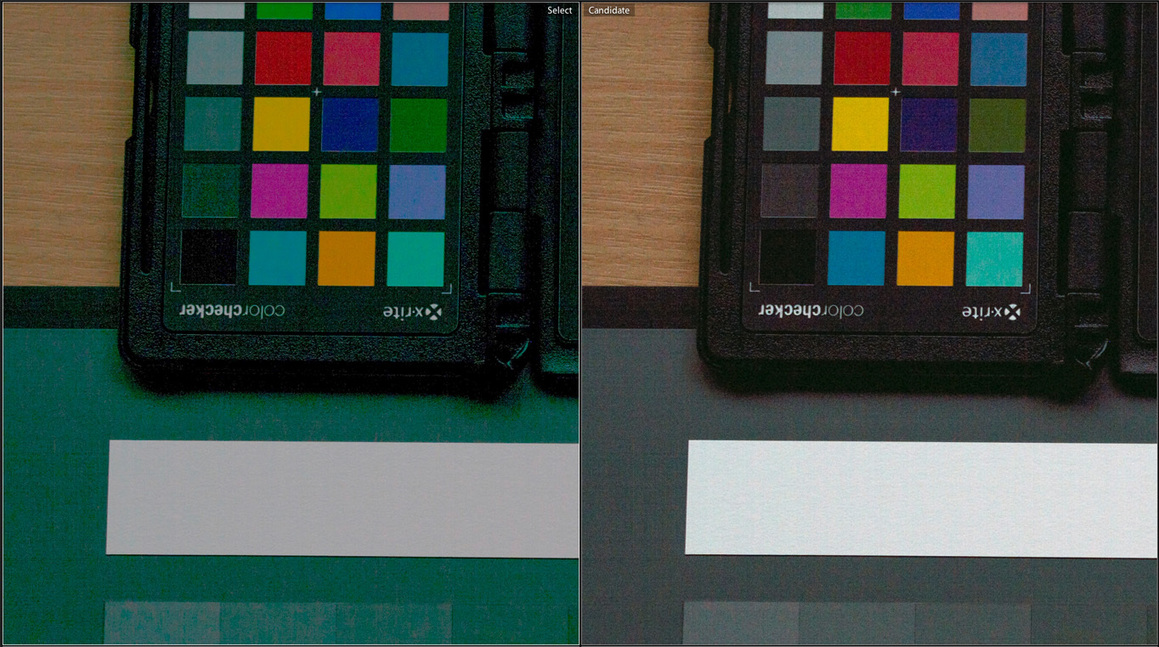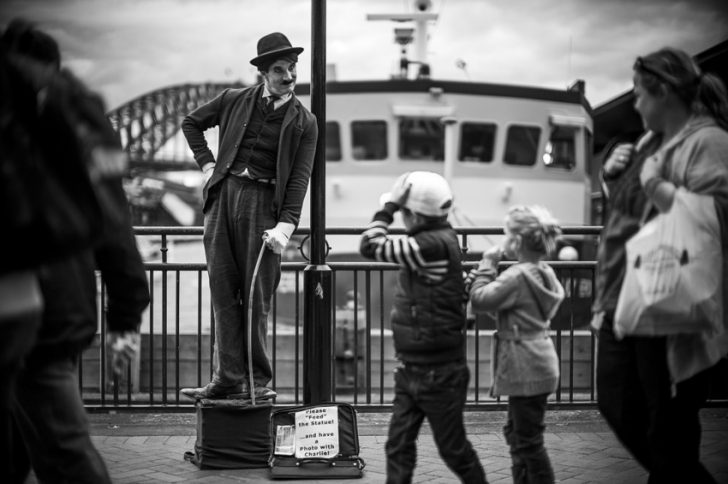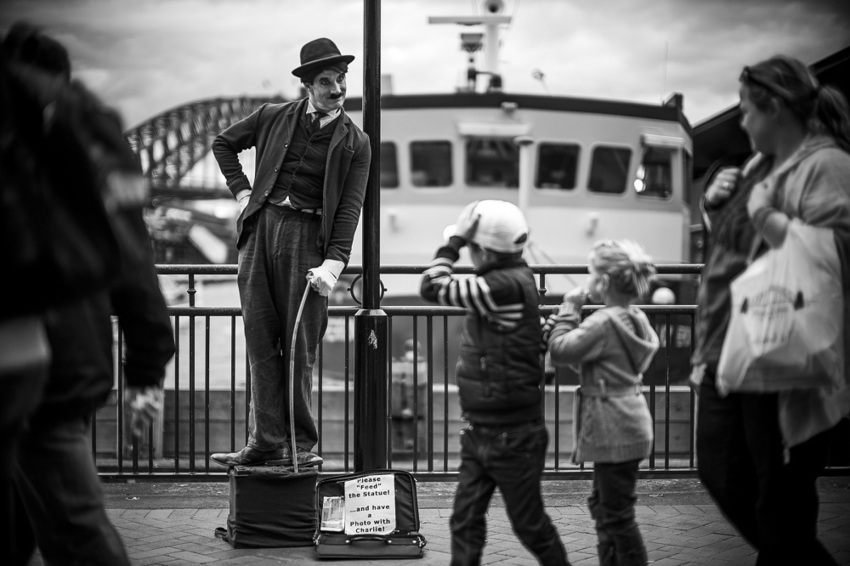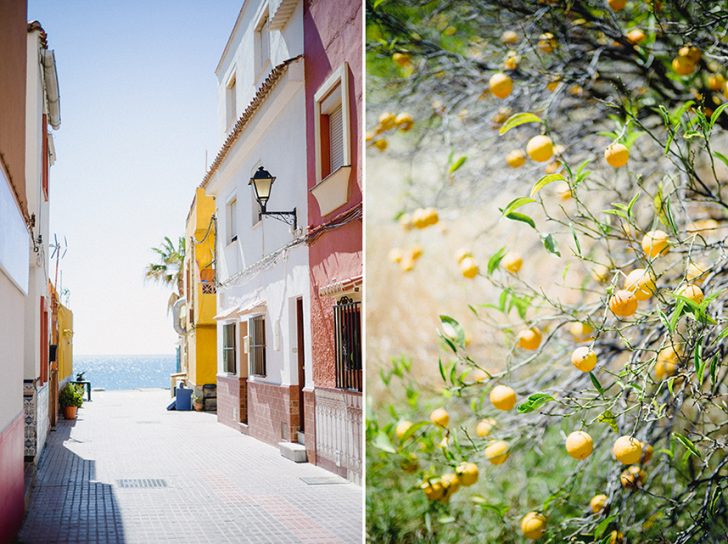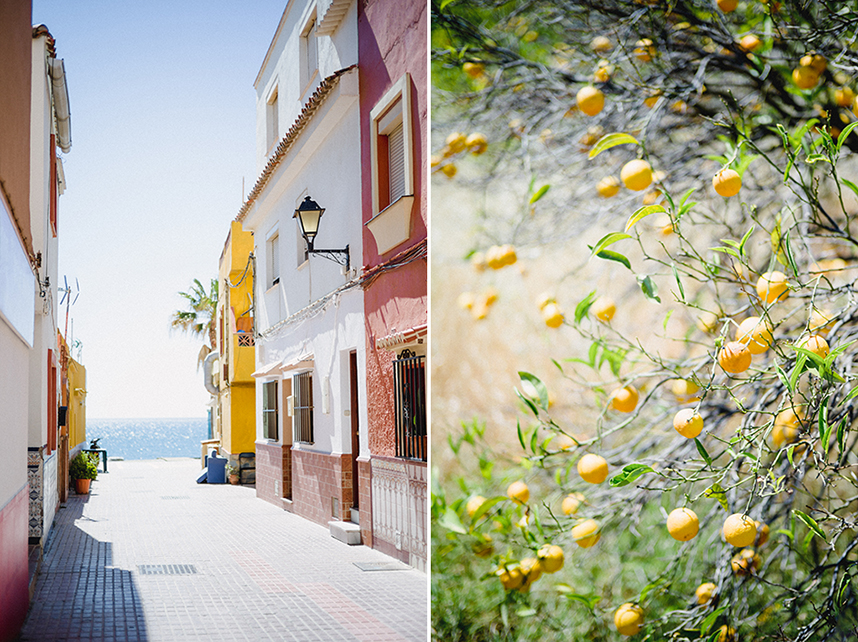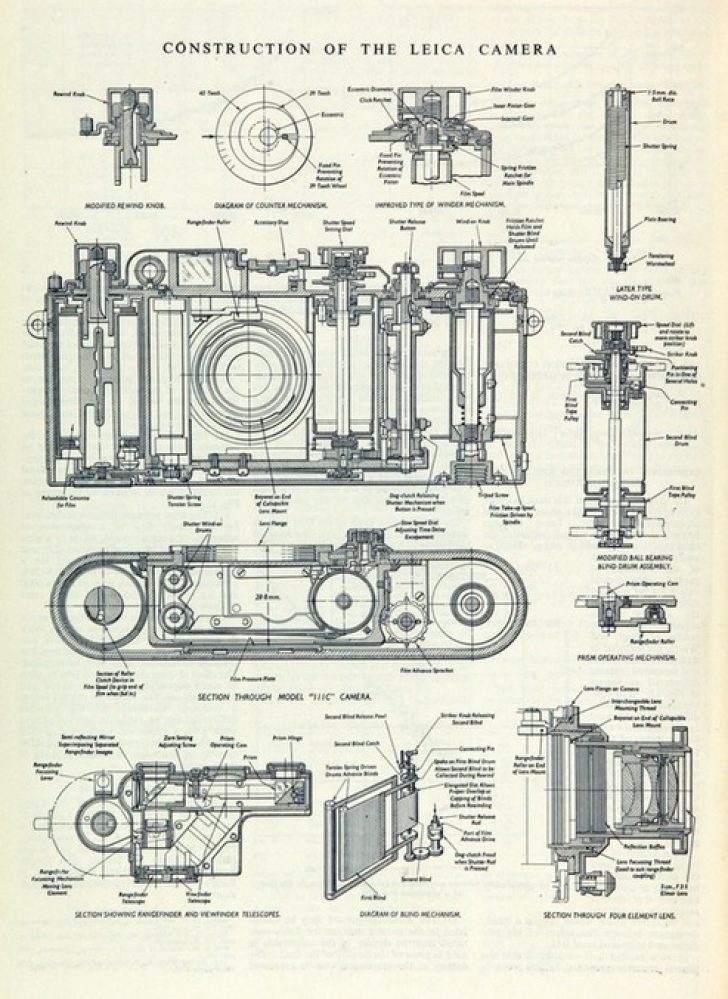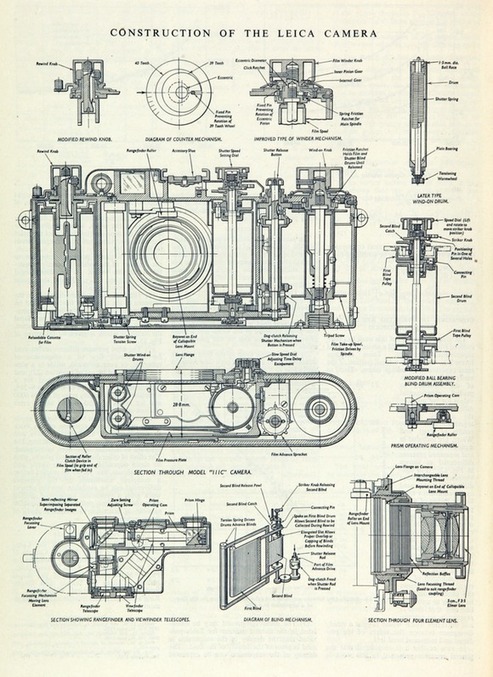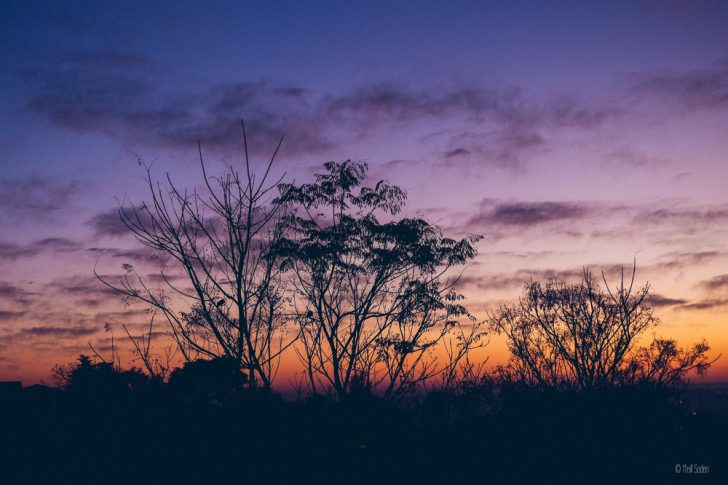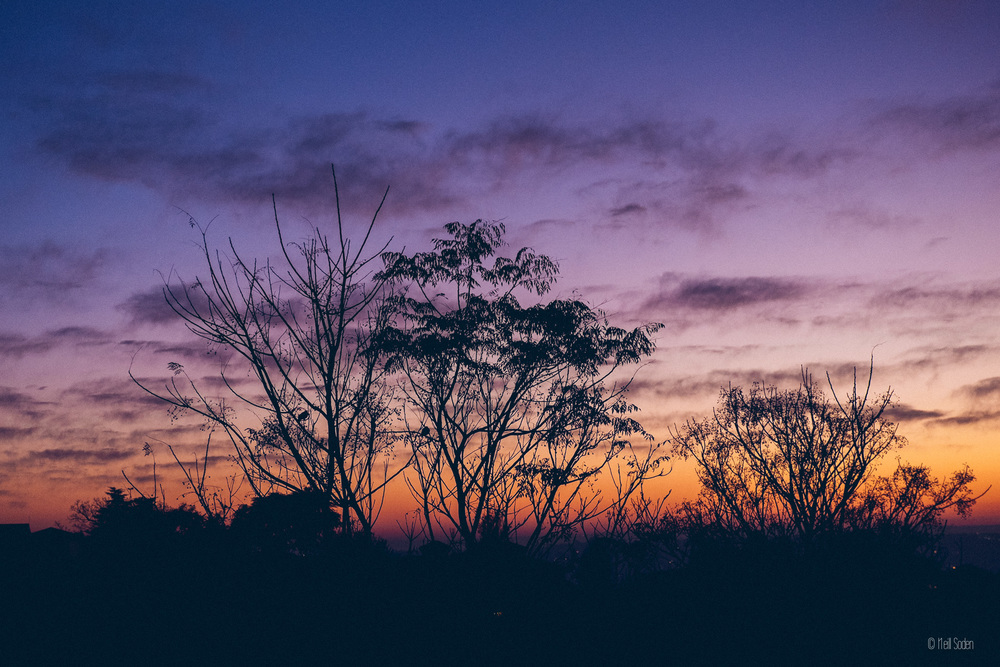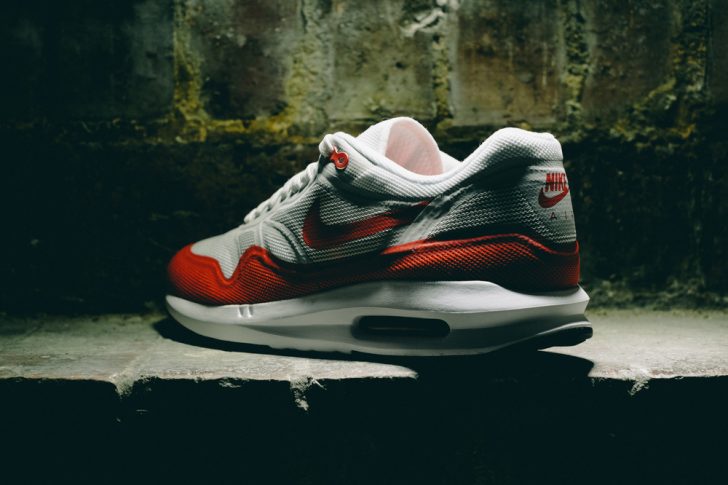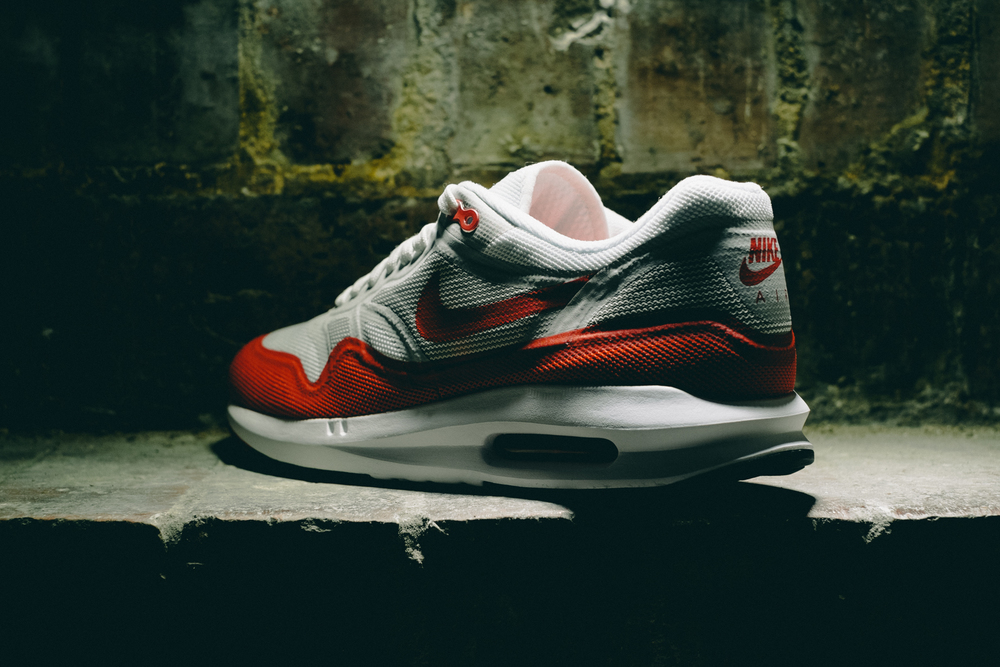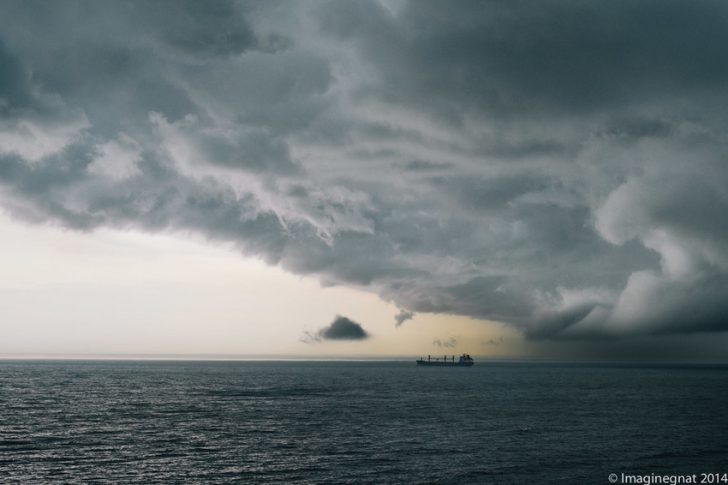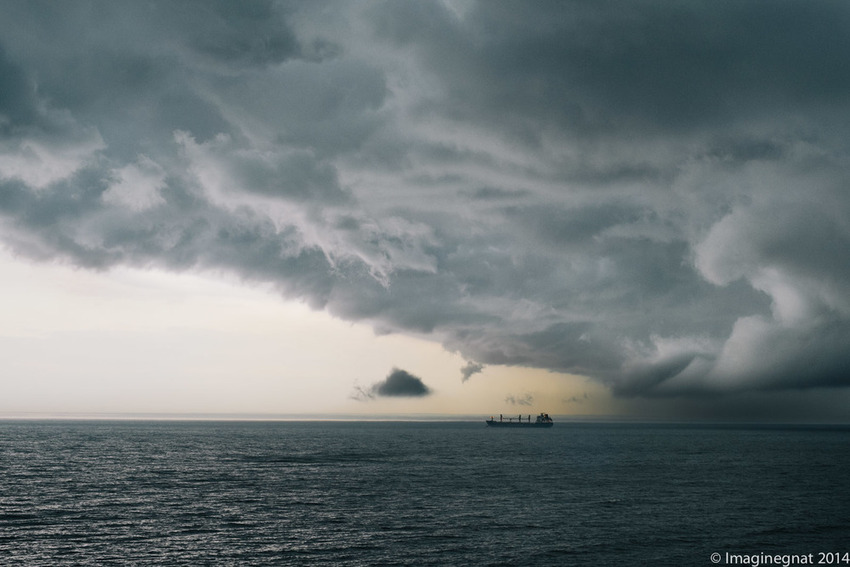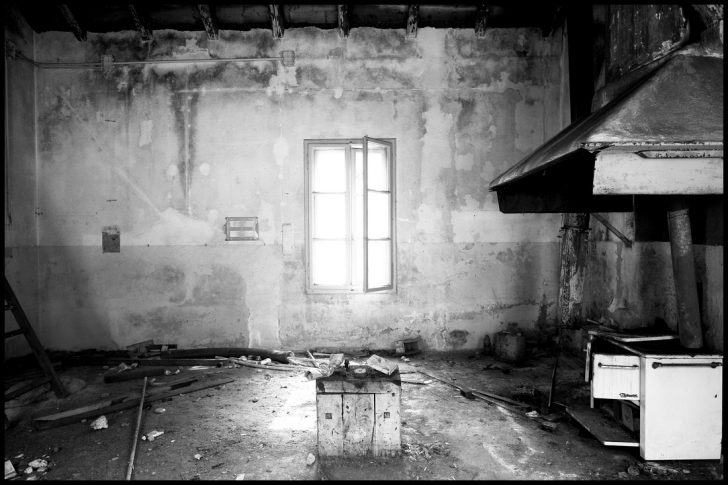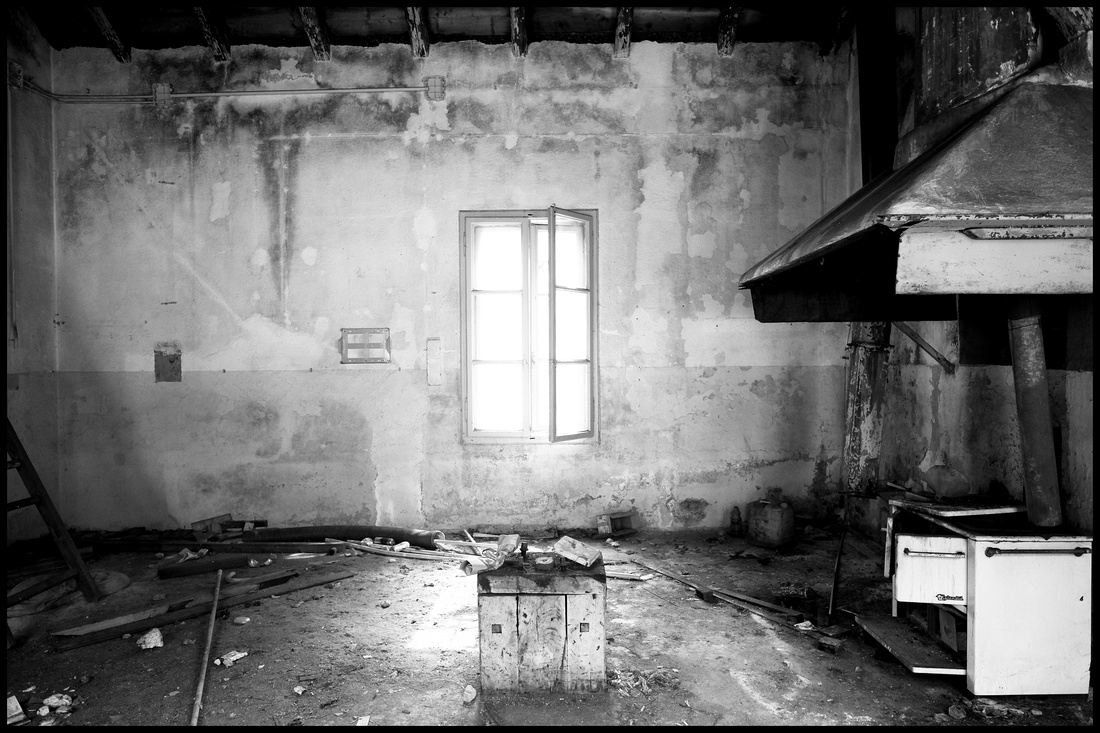Carl Zeiss 12mm f/2.8 T* review | What Digital Camera
Inevitably when the Carl Zeiss name is mentioned, and especially given the quality of results recorded here, it is natural to assume that the Distagon 12mm f/2.8 T* prime is bound to be a very costly bundle of glass. Prices vary but are generally around £900 online, which is indeed a hefty sum for a wide-angle prime lens although it isn’t too far away from the norm. There can be no doubt that this is a very impressive prime that ought to satisfy even the most demanding users…..
Source: www.whatdigitalcamera.com
Bye bye NIKON, Hello FUJIFILM | Björn Moerman
X-T1 the camera that changed it all!
When Fujifilm announced their new top of the line X-T1 in January 2014, their two main selling points were „weather-sealing“ and an „enhanced auto-focus system“ which included the focus tracking system which I was lurking after. As soon as GPP Dubai had an X-T1 in stock, I was on my way! I didn’t take long, before my Nikon D800 and 4 expensive lenses went up for sale on the second hand photography market. After all they had been used so little since the start of 2014, that they really deserved some new ownership. So is the X-T1 perfect? Obviously NOT! No piece of technology is… I don’t like how the 4 way buttons feel at the back, even though I slowly learned to live with it. Battery performance is really nothing to write home about; especially since it is known to drop from being fully charged to being empty in just a few shots. I travel with a minimum of 4 batteries where ever I go. I do however like the camera. It has something which is very hard to describe; like falling in love all over again…….
Source: bjornmoerman.blogspot.ae
Fixing the Leica M240 green shadows | Jonathan Perkins
The idea
Now its perfectly possible to adjust an individual image in Lightroom or Photoshop to tune out the green cast reasonably effectively, however because this correction is occurring after the image has been demosaiced (and the non-linear gain error occurs in the mosaic data), you need different adjustments for each image. Inspired by Jim’s work I realised that if one could apply gain correction to the mosaic data in the raw file it should be possible to correct all images with one set of adjustments. This means in theory I could simply preprocess any files that were going to be significantly pushed or shadow recovered and not have to make individual colour correction adjustments on each image. Luckily, processing M240 raw files is made a bit easier by the fact that the M240 uses the DNG format and Adobe make a source code DNG library available free in order to encourage adoption of the DNG format. So its possible to write a program that reads a M240 raw file, applies linearisation corrections each channel and then writes an output DNG file ready to load into Lightroom……
Source: blog.perkins.org.uk
Portraying Real Life | Haoming Wang
Born in Wuxi China in 1985, Haoming Wang moved with has family to Singapore where he lived for five years before emigrating to his present home in Sydney, Australia. He became interested in photography starting in 2007 and acquired his first Leica shortly thereafter, which sparked his interest in photography as creative expression. Inspired by the work of legendary photojournalists and street photographers, he documents the small ironies and ordinary events of everyday life with honesty, compassion, humor and wit. Q: What camera equipment do you generally use? A: I use a Leica M and M9 with 50 mm f/0.95 Noctilux-M ASPH., a 24 mm f/2.8 Elmarit-M ASPH. a 90 mm f/2.8 Elmarit-M. About 95% of the time I shoot with the 50 mm f/0.95 Noctilux. I also use Leica film cameras (M3, M5, M6, M7). Q: What are some of the characteristics of the 50 mm f/0.95 Noctilux-M that make it your favorite and that you find especially useful in your kind of work? A: It’s a very good […]
Source: blog.leica-camera.com
Andalusia, Spain. 2014. Leica M9-P | Rebecca Lily
Our travel to Andalusia last month was my maiden voyage with the M9-P in what I would consider the brightest possible shooting conditions: summer sun at the southern tip of Spain, blaring down at mid-day; white painted cities and the crystal waters of the Atlantic reflecting the light back. I did not use filters and I shot my Nokton wide open at f/1.5. Even in such harsh conditions, incredibly the M9 still managed to capture these scenes with delicate light and detail. After two weeks traveling without a film camera and with only the M9-P and one lens, I was delighted to find that this simple combination gave me everything I was hoping for and then some. It was also wonderful to be able to bring my camera everywhere in a small bag, which wasn’t possible with the Contax 645. As Johnny and I normally shoot extensively when we travel, weight and portability have become important factors for me…..
Source: www.poemswithoutwords.com
These shots were post processed in Lightroom 5 with Epiphany, one of the pastel presets from Rebecca Lily Pro Set III, which will be available soon.
The Engineer 1957 | The TAO of Leica
The British once had an excellent tradition in engineering, optical technology and photography. I found in one of the issues of 1957 this picture that I wish to share with you…….
Source: www.imx.nl
TCL-X100 50mm for the x100/s | Neill Soden
First off, I hope the next versions of the cameras and converters will have some sort of contact that tells the camera you’re putting either the wide or this-tele converter on. I found it quite a hassle to have to use the menu to tell it when it is on or off. In my case, the converter was constantly on and off, so while I used it, I changed my function button to set it to the correct converter. The converter does not seem to lose any quality or light when used. Much like the wide angle, it performs great and the results are absolutely nothing to complain about. I did find that the AF performance dropped slightly when used, but it was still workable in most cases. When attached to the camera, the EXIF data sees it as a 33mm (±50mm equivlent ). The converter does add a bit of weight and size to the X100s, as you can see in the photo above…….
Source: www.neillsoden.co.za
Nike Air Max Lunar1 meets Fuji X-Pro | Suberashi
Another week another shoe release, but this is very very special. The Nike Air Max arrived in 1987. Tinker Hatfield and Mark Parker wanted the most comfortable shoe on the market, Nike had already given is the waffle sole, but they wanted more for their top class athletes. Nike had gotten people running and this was the next step. This shoe was different it had this magic little air bubble or Air Bag in the sole, the first time I saw a pair I was 13 or 14 JD Sports had a real small store in Birmingham and these where there all new and groundbreaking. Inspired by the Pompidu Centre in Paris they had the same outside in design as the famous paris tourist spot. I remember the whole Air bag puncturing fable, I remember being sent home from school as they didn’t meet the uniform. Pestering my dad till he gave in. It was a love affair that has gone on and on……
Source: www.suberashi.co.uk
Out flirting with the Fuji X-T1 again….. | Jason Boucher
I have been busy with work and out traveling again. This time instead of
grabbing my trusty EM1 with a couple of lenses, I went north with my Fuji X-T1, an old Fuji X-M1 as my pocket cam and handful of lenses. I am still flirting with this camera. I wanted to give it one more go to test the
focus ability and continuous autofocus capabilities shooting my daughter’s soccer tournament. In short, I don’t like it for events. I like it considerably less than my EM1. However, for still shooting and some specific types of shooting like people and portraits, I prefer it. I’ll admit that „It“ could be the lenses available for the X system. They truly are spectacular and really give a specific feel and wonderful skin tones…..
Source: olyallthetime.com
New photos of abandoned buildings taken with the Fuji X-T1 |
Carlo Di Giusto
I’m always here, in Tarvisio, looking for abandoned buildings. Today I visited a group of buildings near the old central railway station of Tarvisio. I only had time to photograph one, which had inviting open doors. And many shooting opportunities, as shown by this ten photographs. Ok, I should not have come in, but what I saw from the outside was too inviting not to be captured before a likely future demolition. Do not you think these rooms are fascinating? I used the Fuji X-T1 and the 14mm f/2.8: a perfect match for this kind of photography. The objective is really free of distortion and thanks to the electronic level in the viewfinder of the X–T1 is easy to shoot keeping the sensor parallel to the walls of the room. All the photos are taken without a tripod and they needed just a slight correction in Lighroom 5 to get precise lines.…
Source: carlodigiusto.com

